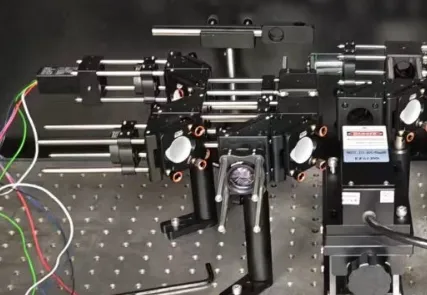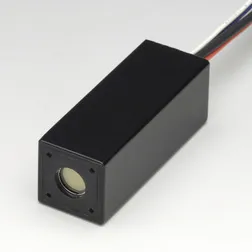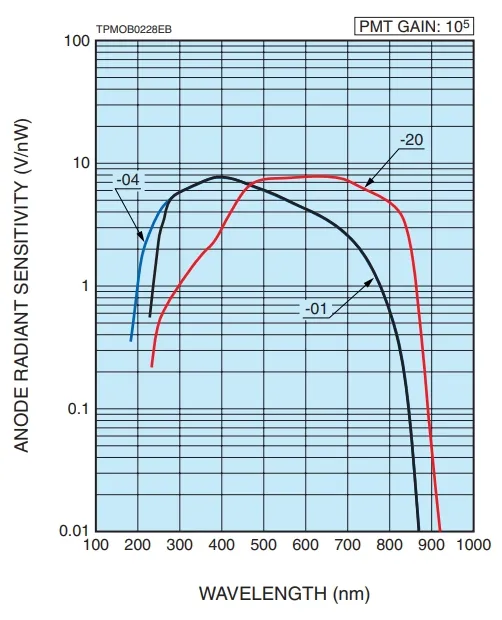



- High sensitivity: Enhanced detection accuracy
The heart of a flow cytometer lies in the performance of its detector, and Hamamatsu detectors are known for their excellent sensitivity. Highly sensitive detectors are able to more accurately detect low concentrations of target material, which is particularly important in cellular analysis. For example, in cancer research, the number of cancer cells detected early on is often very small, and only highly sensitive detectors are able to identify and quantify these microscopic cells, providing powerful data for early diagnosis and treatment.
- Low noise levels: ensuring data accuracy
In flow cytometry analysis, noise signals are often a significant factor in data accuracy. Hamamatsu detectors utilize advanced low-noise technology that greatly reduces interference from background noise. The low noise level not only improves the signal-to-noise ratio of the signal, but also effectively reduces the appearance of false-positive results, thus improving the reliability and reproducibility of experimental data.
- Rapid response time: improving detection efficiency
Detection speed of flow cytometers is crucial for high-throughput sample analysis.The H11902-01 detector has a fast response time and is capable of processing a large number of cell signals in a short period of time. This advantage not only improves detection efficiency, but also enables fast result output in clinical diagnosis.
- Ruggedization: Extended equipment life
The design and manufacturing process of the Hamamatsu H11902-01 detector ensures stability and durability under intense use conditions. Long-term stable performance and low maintenance requirements allow the flow cytometer to excel in daily use while reducing laboratory operating costs.

